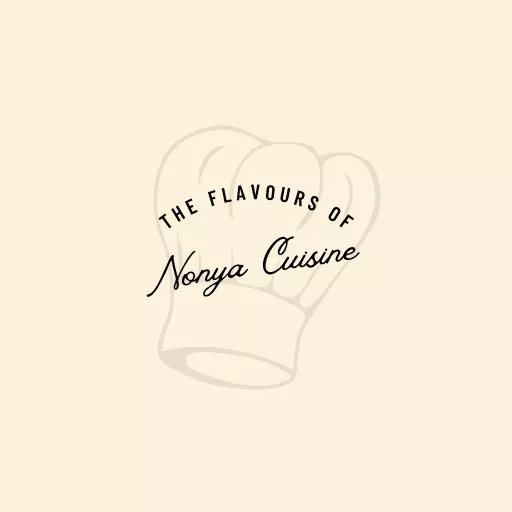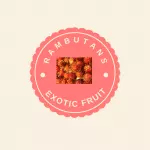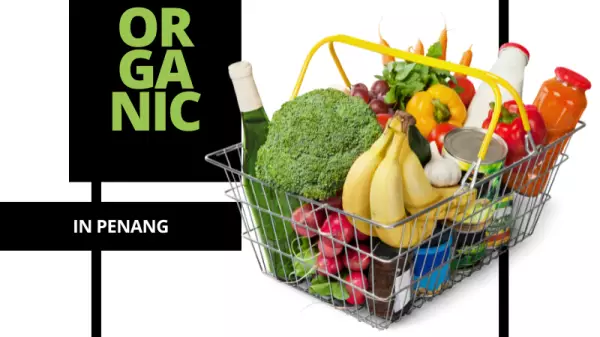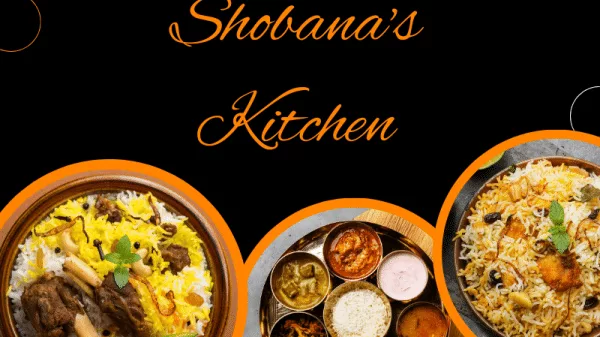Introduction to Nonya Cuisine
Nonya Cuisine, also known as Peranakan Cuisine, is a unique blend of Chinese and Malay influences that has its roots in the Peranakan community of Malaysia and Singapore. The term “Nonya” refers to the female descendants of Chinese immigrants who married local Malay men and adopted the local culture and customs. Nonya Cuisine is characterized by its bold flavours, vibrant colours, and intricate cooking techniques.
The cuisine is a result of the intermarriage between Chinese immigrants and local Malays, which led to the fusion of Chinese ingredients and cooking techniques with Malay spices and flavours. This blending of cultures created a cuisine that is distinct and has its own identity. Nonya Cuisine is known for its complex flavours, as it combines the spiciness of Malay cuisine with the subtle sweetness of Chinese dishes.
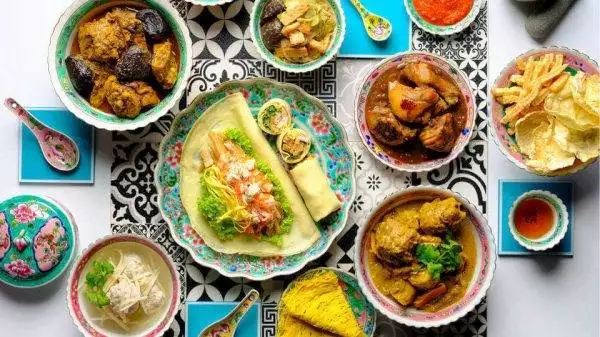
The History and Origins of Nonya Cuisine in Penang
Nonya Cuisine has a rich history that dates back to the 15th century when Chinese traders began settling in the region. These Chinese immigrants married local Malays and adopted their customs and traditions, including their cuisine. The Peranakan community, which emerged from these intermarriages, played a significant role in the development and preservation of Nonya Cuisine.
Penang, an island off the northwest coast of Malaysia, is known as the culinary capital of Malaysia and is home to a large Peranakan community. The Peranakan community in Penang has played a crucial role in the preservation and promotion of Nonya Cuisine. They have passed down their recipes and cooking techniques from generation to generation, ensuring that the unique flavours and traditions of Nonya Cuisine are preserved.
The Unique Blend of Chinese and Malay Influences in Nonya Cuisine
Nonya Cuisine is a perfect example of the fusion of Chinese and Malay cultures. Chinese ingredients and cooking techniques are combined with Malay spices and flavours to create a unique and flavorful cuisine. The Chinese influence can be seen in the use of ingredients such as soy sauce, tofu, and noodles, while the Malay influence is evident in the use of spices such as turmeric, lemongrass, and chilli.
One of the most famous dishes that showcases the blend of Chinese and Malay influences is Nonya Laksa. This dish combines Chinese-style noodles with a spicy coconut milk-based broth that is flavoured with Malay spices such as lemongrass and chilli. Another example is Ayam Pongteh, a braised chicken dish that combines Chinese-style braising techniques with Malay spices such as fermented soybean paste and palm sugar.
The Signature Dishes of Nonya Cuisine in Penang
Penang is known for its vibrant food scene, and Nonya Cuisine plays a significant role in the culinary landscape of the island. Some of the most popular Nonya dishes in Penang include Assam Laksa, a tangy and spicy fish-based noodle soup; Otak-Otak, a spicy fish cake wrapped in banana leaves; and Kuih Pie Tee, a crispy pastry cup filled with a mixture of vegetables and prawns.
The ingredients used in Nonya dishes are often sourced locally and are known for their freshness and quality. The cooking methods used in Nonya Cuisine are also unique and require skill and precision. For example, the preparation of Nonya Laksa involves grinding and blending various spices to create a flavorful paste, which is then cooked with coconut milk and fish stock to create the broth.
The Use of Local Ingredients in Nonya Cuisine
One of the key principles of Nonya Cuisine is the use of fresh, local ingredients. The Peranakan community in Penang takes pride in sourcing their ingredients from local markets and farms, ensuring that their dishes are made with the freshest and highest quality ingredients available.
Some of the local ingredients commonly used in Nonya dishes include lemongrass, turmeric, galangal, kaffir lime leaves, and chilli. These ingredients are known for their aromatic flavours and are used to add depth and complexity to Nonya dishes. Other local ingredients include seafood such as prawns and fish, as well as tropical fruits such as pineapple and mango.
The Importance of Spices and Herbs in Nonya Cuisine
Spices and herbs play a crucial role in creating the unique flavours of Nonya Cuisine. The Peranakan community in Penang is known for their skill in blending and balancing spices to create dishes that are flavorful and aromatic. Some of the spices commonly used in Nonya dishes include turmeric, coriander, cumin, and fennel.
Herbs such as lemongrass, kaffir lime leaves, and pandan leaves are also used to add fragrance and freshness to Nonya dishes. These ingredients are often pounded or ground into a paste to release their flavours and are then added to dishes during the cooking process.
The Art of Nonya Cooking: Techniques and Methods
Nonya Cuisine is known for its intricate cooking techniques and methods. The Peranakan community in Penang takes pride in their culinary skills and has passed down their cooking techniques from generation to generation.
One of the key techniques used in Nonya Cuisine is the pounding and grinding of spices and herbs to create a flavorful paste. This paste is then used as a base for many Nonya dishes, such as curries and stir-fries. Another important technique is the use of slow cooking and braising to tenderize meats and infuse them with flavours.
The Best Places to Sample Nonya Cuisine in Penang
Penang is home to a wide range of restaurants and street food stalls that specialize in Nonya Cuisine.
Bibik’s Kitchen Nyonya Cuisine (Non-Halal)
This hidden gem in Penang is located in a row of colonial shophouses. It is run by a mother and daughter duo who serve authentic home-cooked Nyonya food.
Address: 73, Jalan Sri Bahari, Georgetown, 10050 Georgetown, Penang, Malaysia
Aunty Gaik Lean’s Old School Eatery
When visiting Penang, be sure to indulge in a nostalgic gastronomic adventure at this 1-star Michelin restaurant. It is located in Lebuh Bishop, Penang.
Address: 1 Lebuh Bishop, Georgetown, 10200 Georgetown, Penang, Malaysia
Ivy’s Nyonya Cuisine
This cozy Nyonya restaurant, hidden in a charming converted pre-war house, has recently been awarded the prestigious Michelin Bib Gourmand recognition.
Address: 58 Jalan Chow Thye, George Town, 10050 Georgetown, Penang, Malaysia
Flower Mulan Nyonya Cafe
Located within a flower shop in Pulau Tikus, this Nyonya restaurant in Penang is known to be one of the finest Adorned with stunning flowers and prominent lanterns, the restaurant’s ambiance is breathtakingly beautiful, making it an ideal spot for capturing excellent photos or enjoying a romantic date night.
Address: 266 & 268, Jalan Burma, Pulau Tikus, 10350 Georgetown, Penang, Malaysia
For those looking for a more casual dining experience, the street food stalls in Penang offer a wide range of Nonya dishes. Gurney Drive Hawker Centre is a popular spot for Nonya food, with stalls serving dishes such as Assam Laksa, Otak-Otak, and Kuih Pie Tee.
Nonya Cuisine Beyond Penang: Exploring its Regional Variations
While Penang is known as the culinary capital of Malaysia, Nonya Cuisine can also be found in other parts of Malaysia and Singapore. Each region has its own unique variations of Nonya dishes, with different flavours and ingredients.
In Malacca, for example, Nonya dishes are known for their rich and spicy flavours. Some of the signature dishes in Malacca include Ayam Pongteh, a braised chicken dish; and Nyonya Cendol, a popular dessert made with shaved ice, coconut milk, and palm sugar.
In Singapore, Nonya Cuisine is known for its lighter and more delicate flavours. Some of the popular Nonya dishes in Singapore include Peranakan Chap Chye, a mixed vegetable dish; and Babi Pongteh, a braised pork dish.
Embracing the Flavors of Nonya Cuisine: Tips for Cooking at Home
For those who want to recreate the flavours of Nonya Cuisine at home, there are a few tips to keep in mind. First, it is important to source fresh and high-quality ingredients, as this will greatly impact the flavour of the dishes. Local markets and specialty stores are great places to find the ingredients needed for Nonya cooking.
Second, it is important to master the art of pounding and grinding spices and herbs to create a flavorful paste. This can be done using a mortar and pestle or a food processor. The paste can then be used as a base for curries, stir-fries, and other Nonya dishes.
Lastly, it is important to be patient and take your time when cooking Nonya dishes. Many Nonya dishes require slow cooking and braising to develop their flavours, so it is important to allow enough time for the dishes to simmer and infuse with the spices and herbs.
Conclusion
Nonya Cuisine is a unique and flavorful blend of Chinese and Malay influences that has its roots in the Peranakan community of Malaysia and Singapore. The cuisine is known for its bold flavours, vibrant colours, and intricate cooking techniques. Nonya dishes are made with fresh, local ingredients and are flavoured with a variety of spices and herbs. Whether you are dining in Penang or exploring the regional variations of Nonya Cuisine in other parts of Malaysia and Singapore, you are sure to be delighted by the unique flavours and culinary traditions of Nonya Cuisine.

